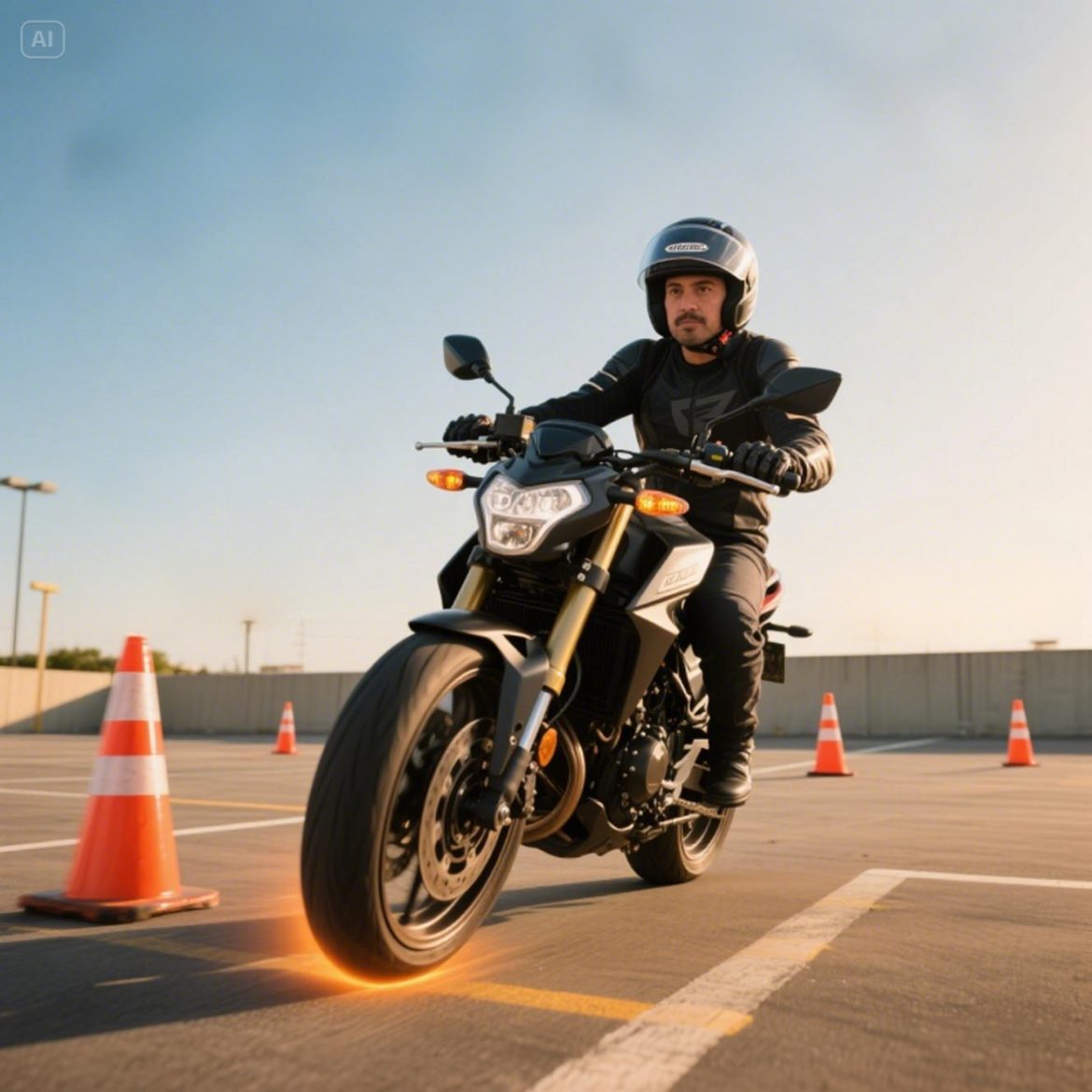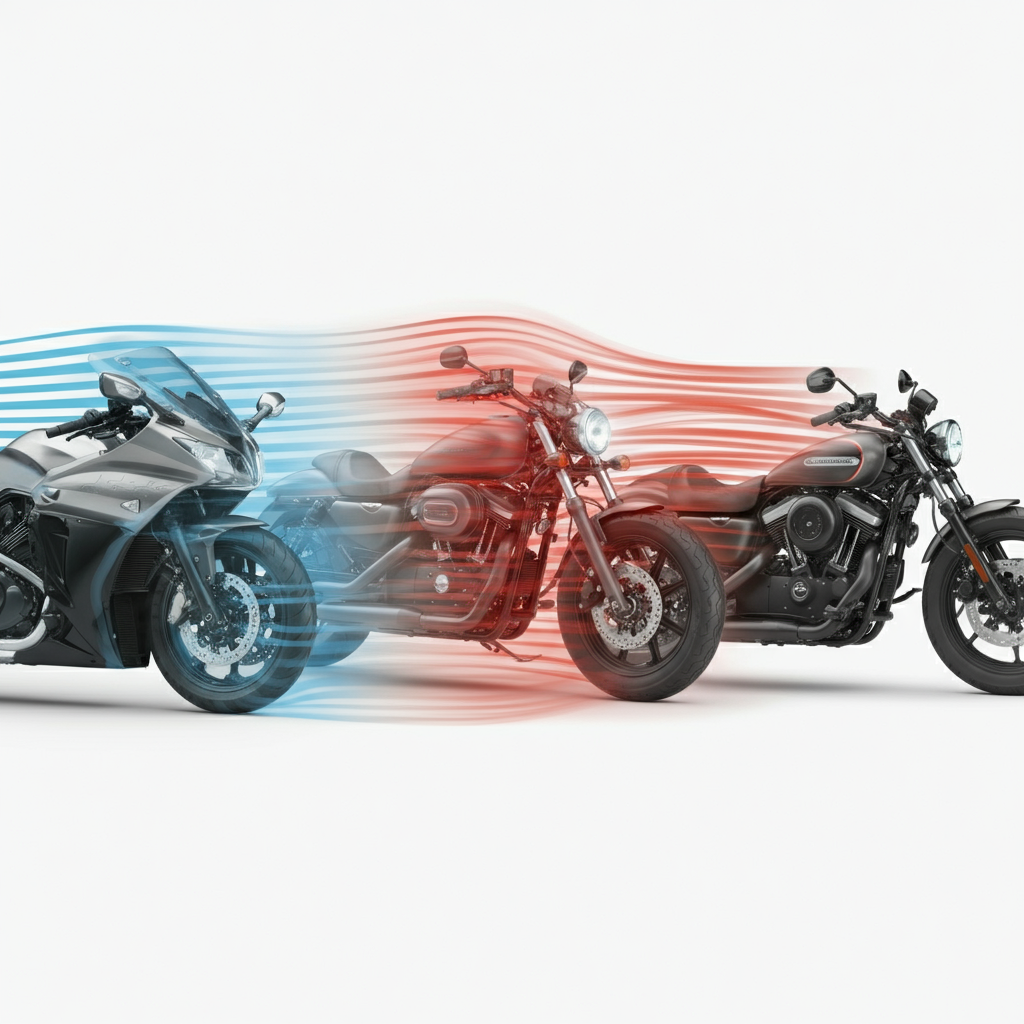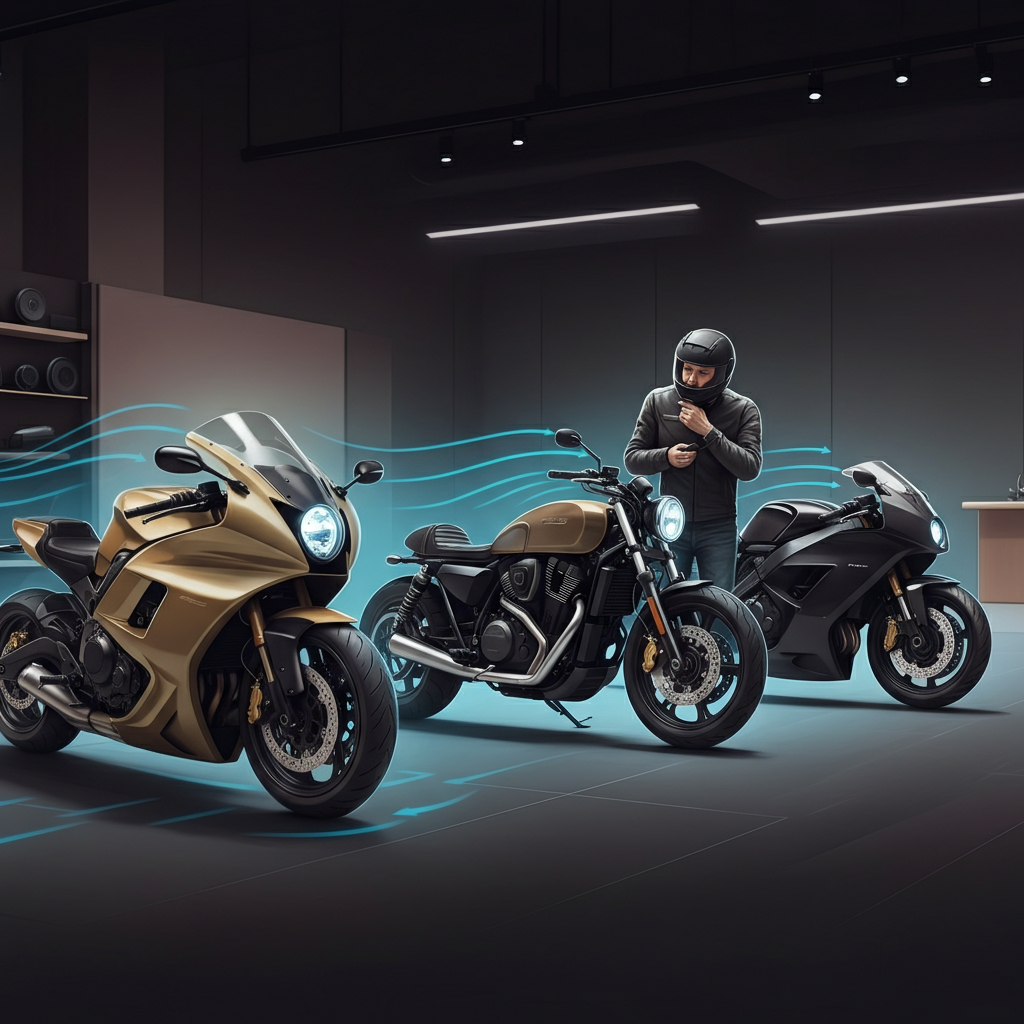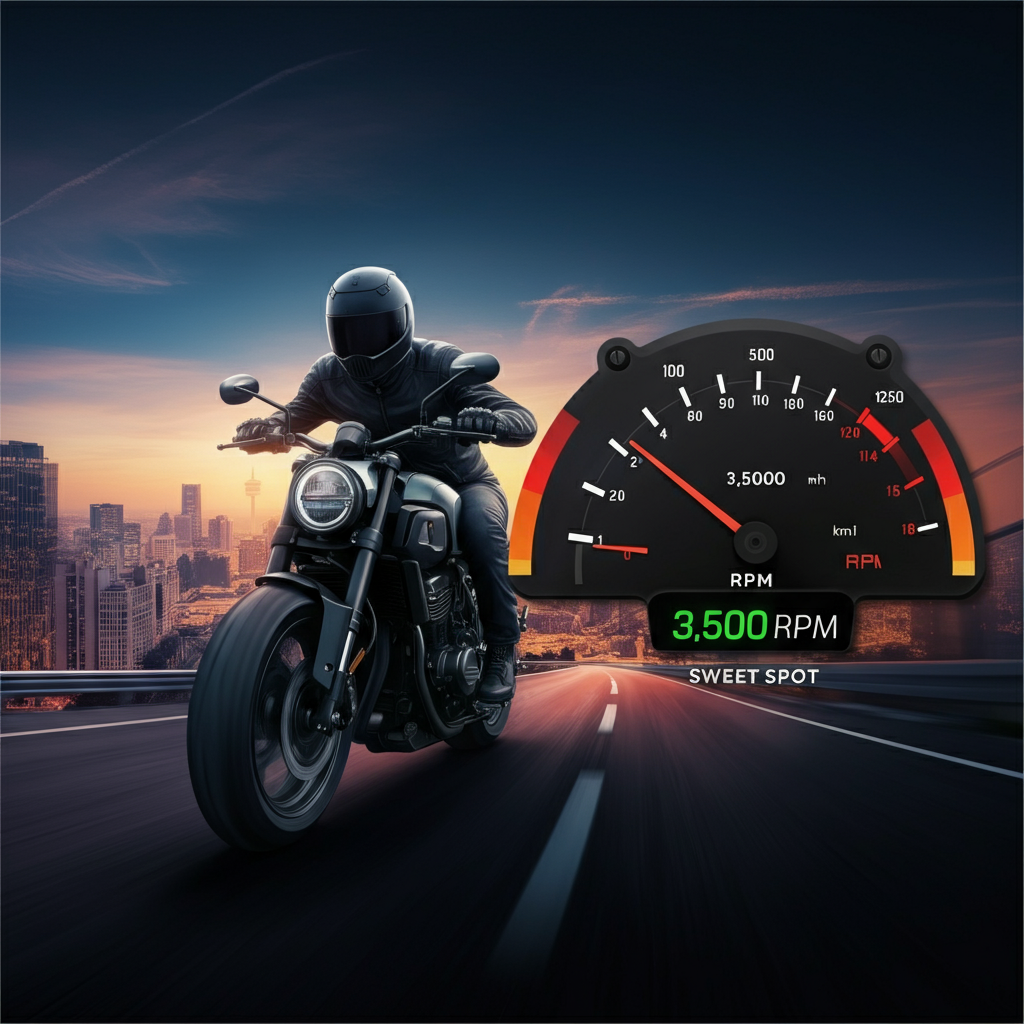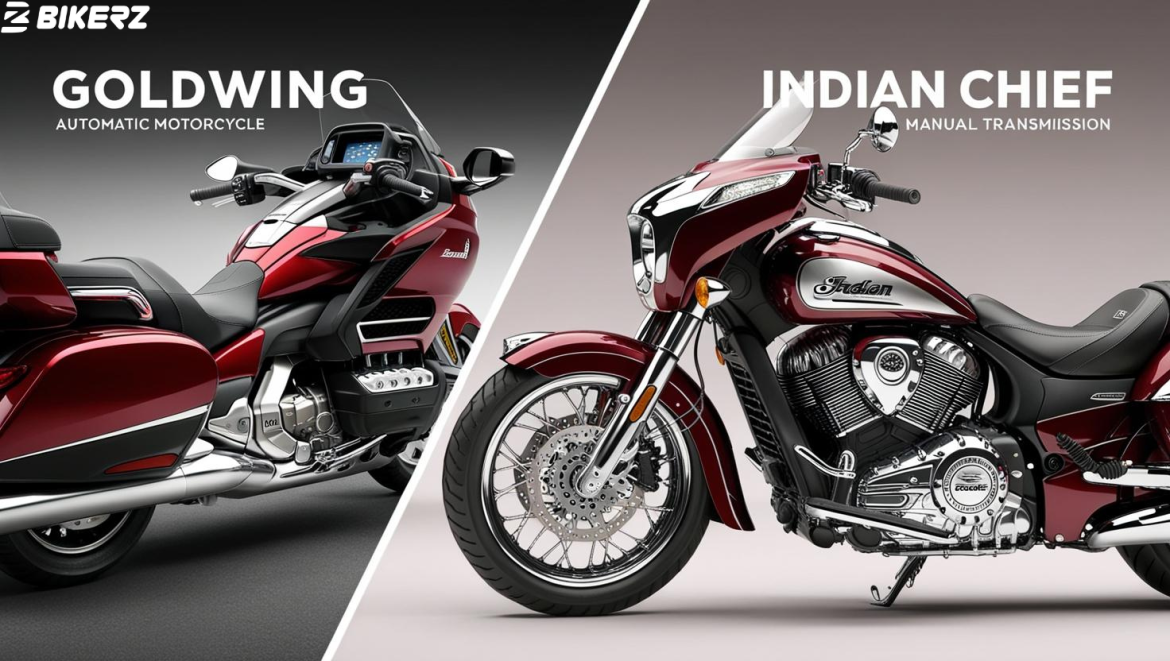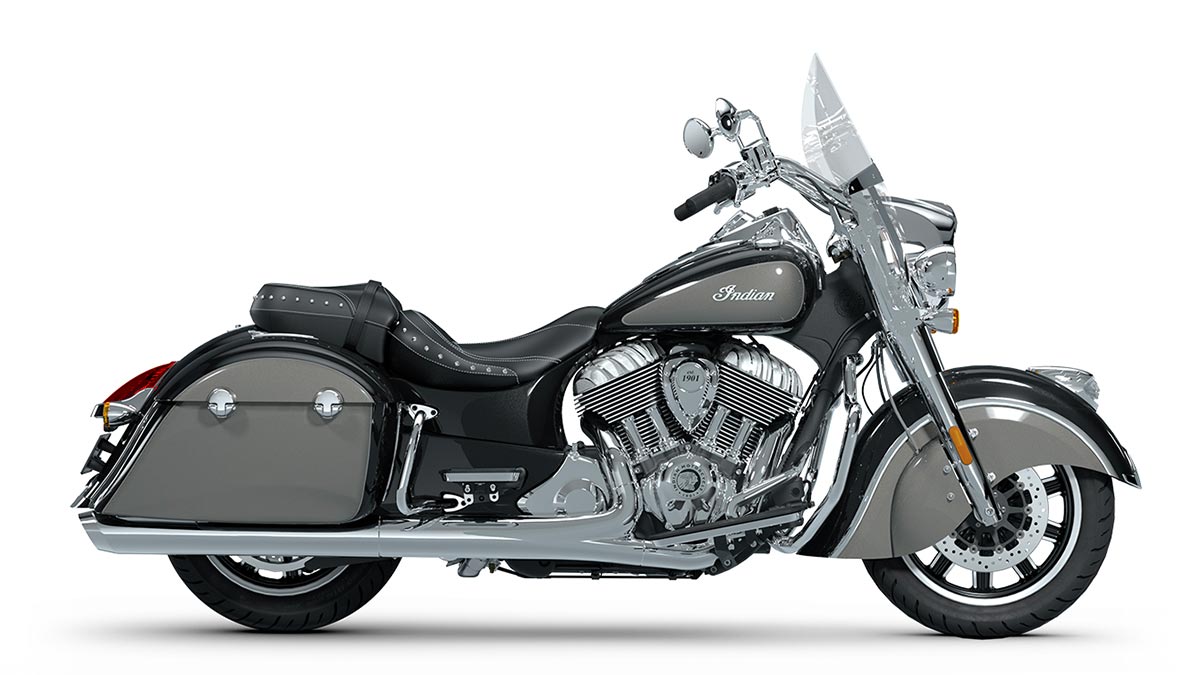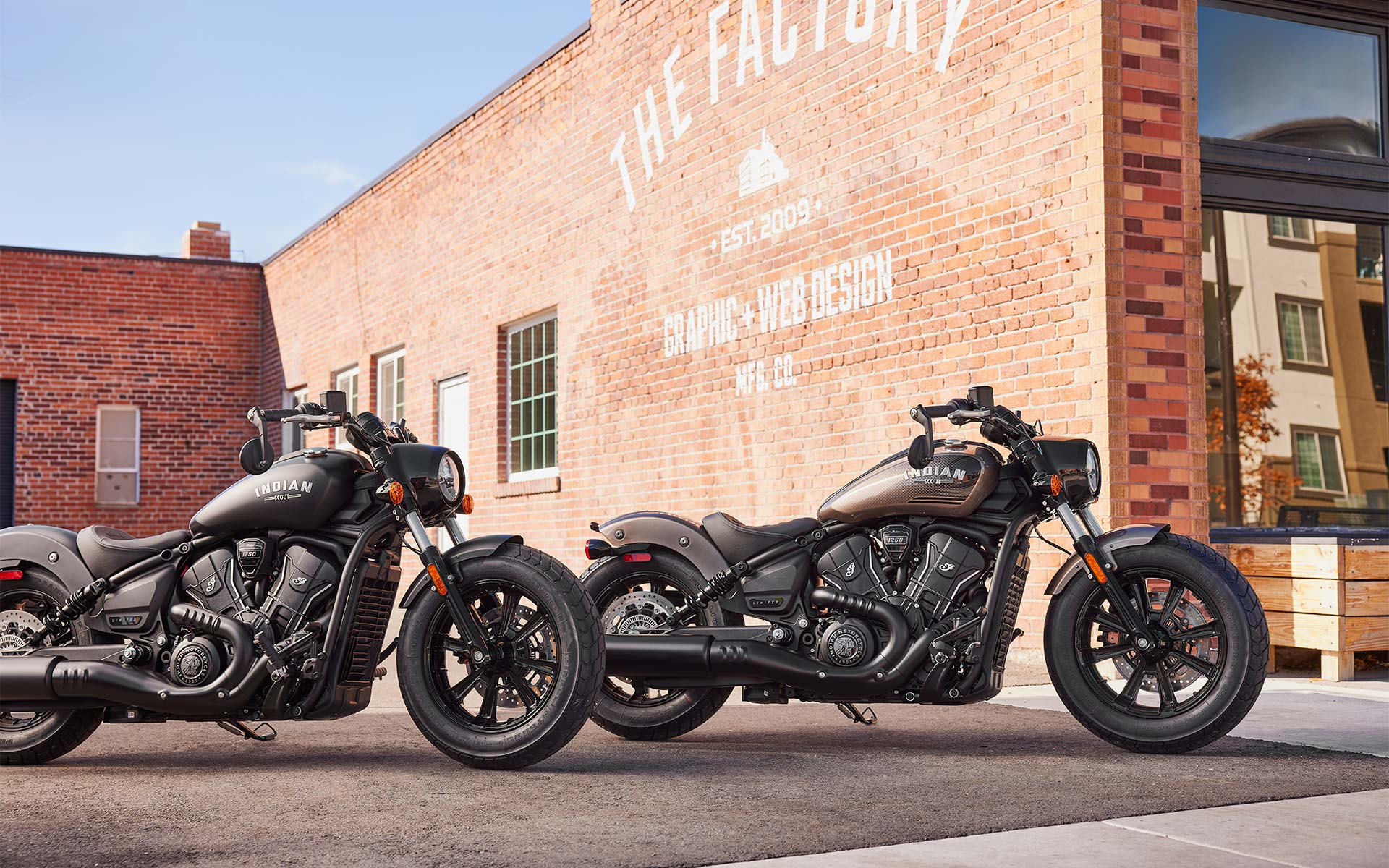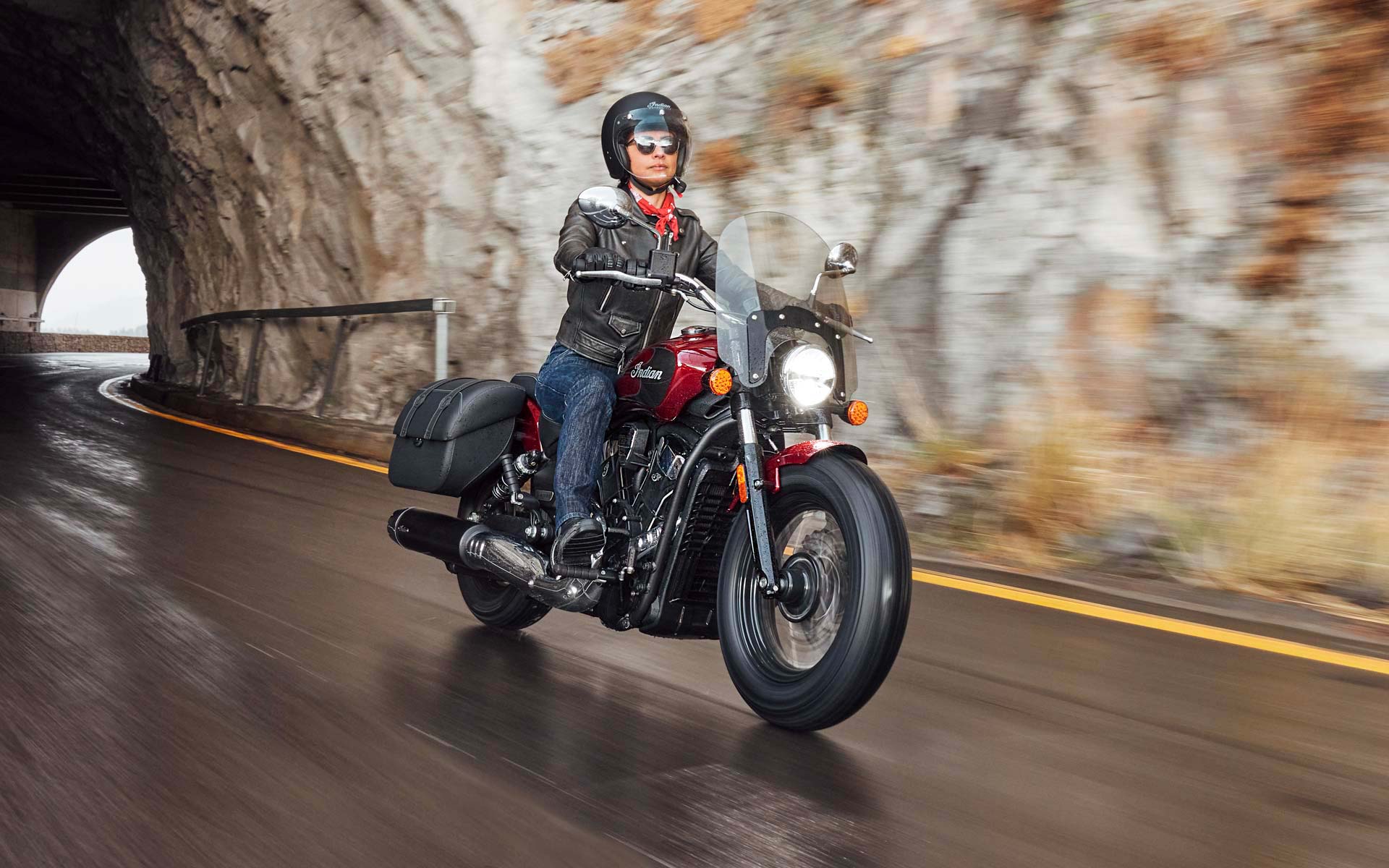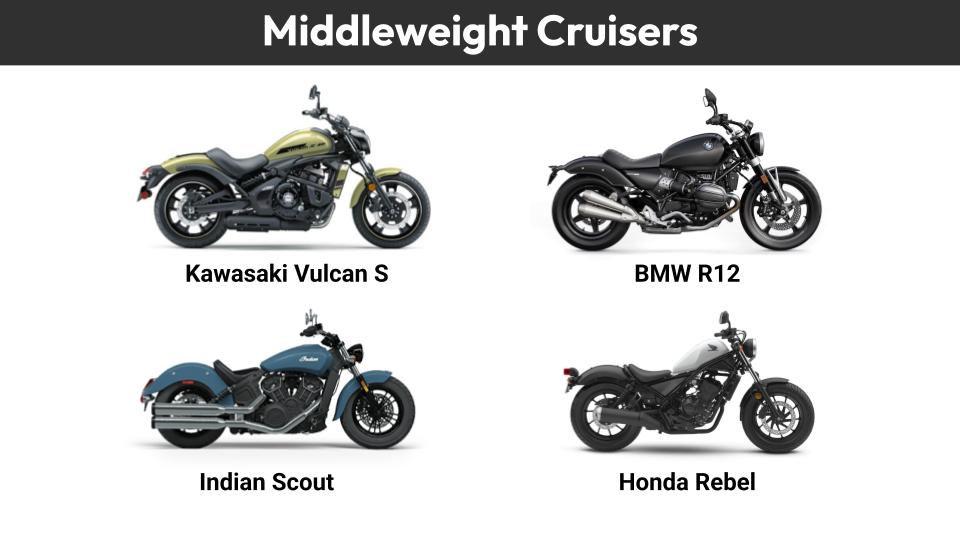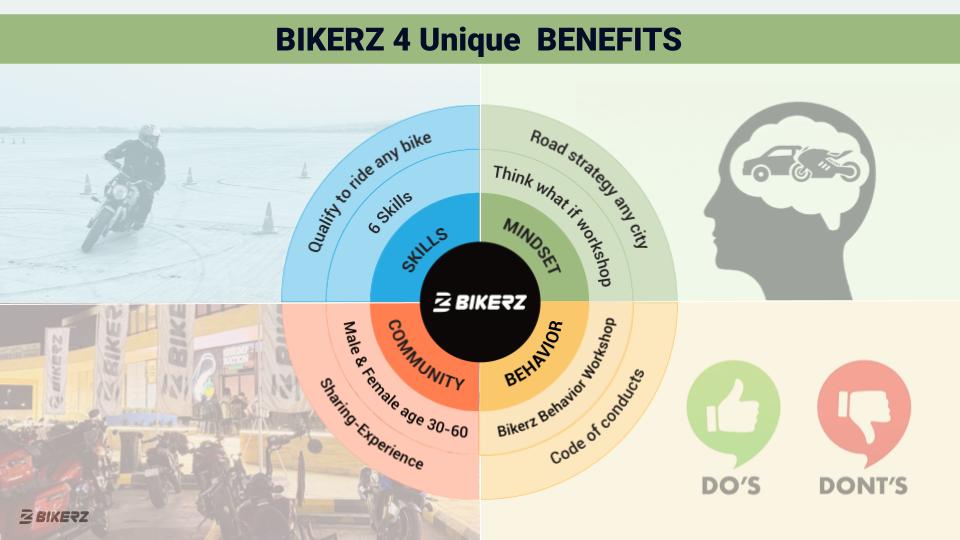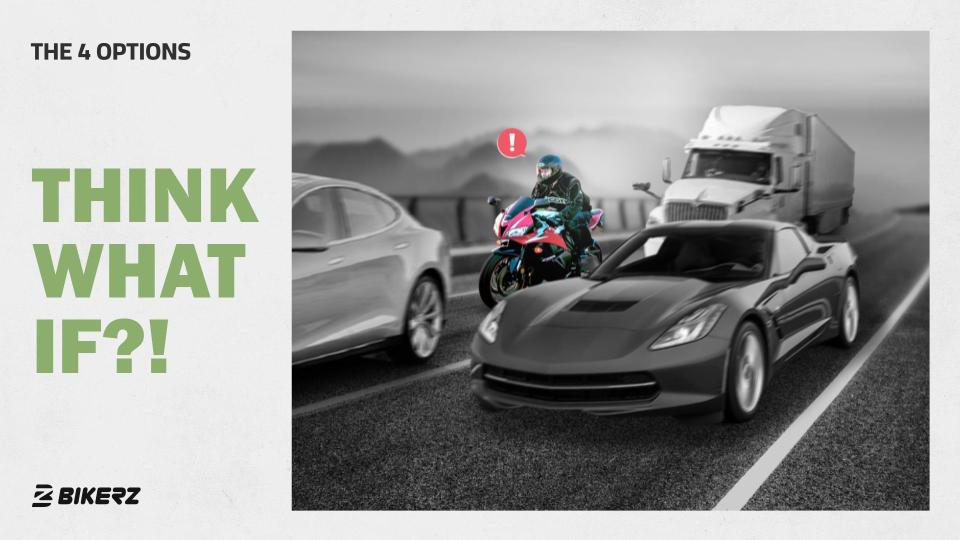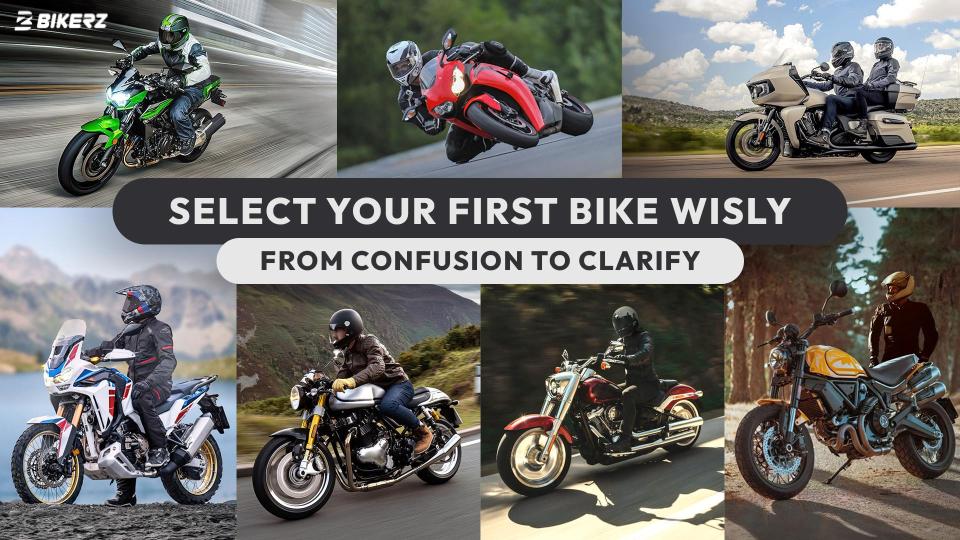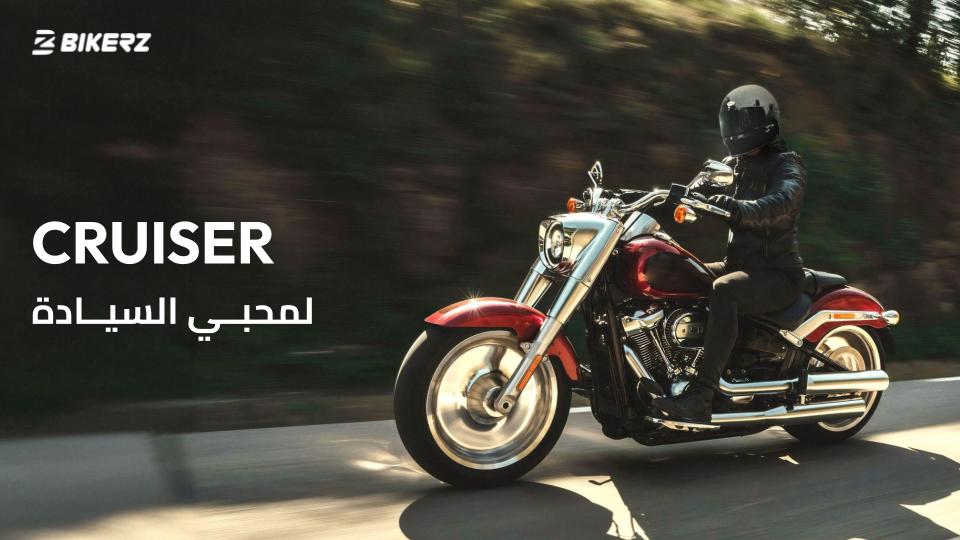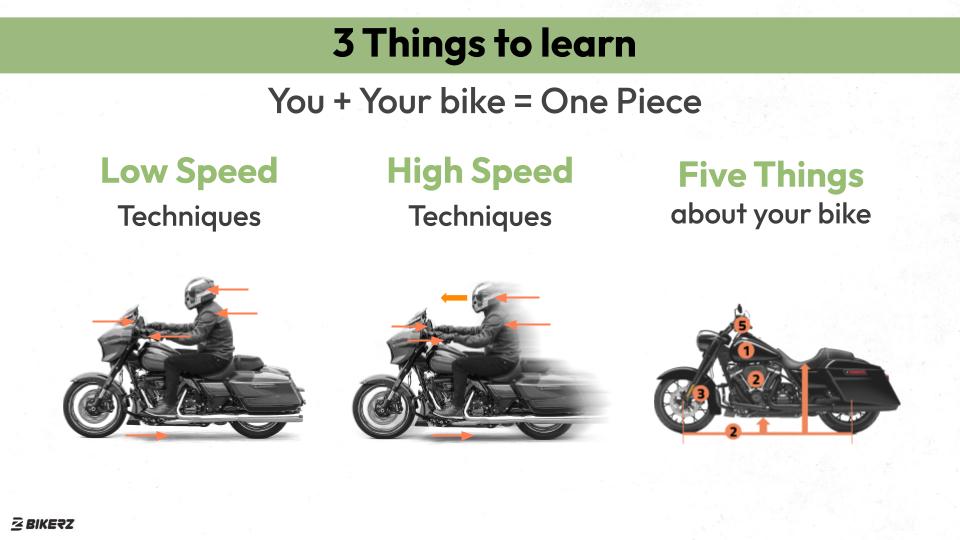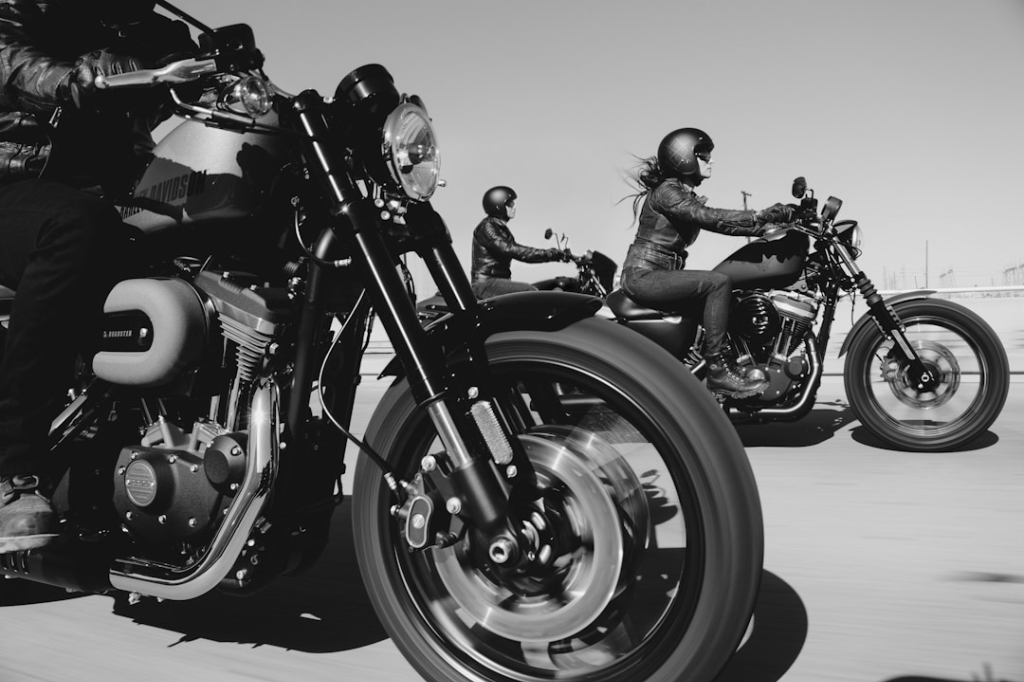Mastering the Motorcycle Friction Zone for Smooth Starts and Stops
The key to smooth and controlled motorcycle riding lies in understanding and mastering the motorcycle friction zone. Whether you’re a beginner or brushing up your skills, refining this essential technique will greatly improve your confidence and safety on the road. From smooth starts to controlled stops, the friction zone is where your engine’s power begins to work its magic. This guide will help you grasp the ins and outs of this critical concept so you can ride with ease and precision.
What is the Motorcycle Friction Zone?
The friction zone is a term used to describe the area in the clutch lever’s travel where the engine’s power starts transferring to the rear wheel. It isn’t an “on/off” switch; instead, it’s a gradual and nuanced mechanism that allows the motorcycle to move smoothly.
When you release the clutch lever, the friction plates in the clutch housing start to connect, creating the slippage that allows for partial power transfer to the wheel. Mastering this balance is fundamental for smooth starts, controlled stops, and low-speed maneuvers like turning or navigating tight spaces.
Why is Mastering the Friction Zone Important?
Understanding the friction zone is more than a technical requirement; it’s the foundation of skilled riding. Misusing it can lead to jerky starts, stalling, or awkward stops, making riding less enjoyable and potentially hazardous. On the flip side, mastering it enables you to:
- Start smoothly from a stop.
- Maintain balance during slow-speed maneuvers.
- Execute controlled stops with ease.
- Handle uphill starts without rolling back.
The friction zone is your best tool for refining control over your motorcycle, especially at lower speeds.
Step-by-Step Guide to Smooth Starts
Starting smoothly is all about the balance between the clutch and throttle. Follow these easy steps to master this technique:
1. Prepare Your Bike
- Ensure the motorcycle is in neutral gear. Rock the bike back and forth to confirm this.
- Start the engine and give it a moment to warm up. A warm engine ensures smoother throttle responses.
2. Engage First Gear
- Fully pull the clutch lever towards the handlebar.
- Use your left foot to shift into first gear. You’ll feel or hear a distinct ‘click.’
3. Gradually Use the Friction Zone
- Apply a small amount of throttle with your right hand – just enough to raise the engine RPM slightly above idle.
- Slowly release the clutch lever with your left hand until you feel the friction zone engage. You’ll notice the bike begin to roll forward slightly or feel slight resistance in the lever.
4. Smoothly Get Moving
- Pause momentarily in the friction zone to allow the clutch and engine to sync up.
- Gradually release the clutch lever while maintaining steady throttle input until you’re moving.
- Once you’re confident the bike is stable, fully release the clutch and increase throttle as needed.
Pro Tip: On flat terrain, some bikes can start moving with minimal or no throttle, relying only on the clutch. Practice finding this balance in a safe area.
How to Perform Controlled Stops
Stopping a motorcycle smoothly also involves clutch control. Here’s how you can practice controlled stops with confidence:
1. Ease Off the Throttle
- Begin by rolling off the throttle to reduce speed gradually.
2. Use the Brakes
- Apply both the front brake and rear brake evenly. Remember, the front brake provides most of the stopping power.
3. Engage the Clutch
- As your speed drops to a slow pace (about walking speed), pull the clutch lever fully to disengage the engine.
4. Shift Down and Stop
- Shift into first gear or neutral with your left foot while coming to a complete stop.
- Keep the clutch engaged to prevent stalling and be ready to start again when needed.
Stopping Uphill
If you’re on an incline, use the rear brake to prevent the motorcycle from rolling back. When starting again, slowly release the brake as you find the friction zone and apply slight throttle.
Common Beginner Mistakes (and How to Fix Them)
Learning to use the friction zone isn’t without challenges. Here are some common pitfalls and tips to overcome them:
-
Releasing the clutch too quickly
Fix it by consciously practicing slow and smooth clutch lever releases. -
Not using enough throttle
Apply steady throttle input to prevent engine stalls, especially when starting on an incline. -
“Popping” or “dumping” the clutch
Release the clutch lever gradually to avoid sudden power surges. -
Over-relying on throttle for low-speed control
Use clutch modulation within the friction zone for precise control at slow speeds. -
Looking down at the controls
Keep your head up and look in the direction you’re traveling to maintain balance. -
Tense hands on the handlebars
Relax your grip to allow smoother clutch and throttle inputs.
Tips from Experienced Riders for Smooth Clutch Control
Who better to learn from than riders who’ve spent countless hours in the saddle? Here’s some advice straight from the pros:
-
Practice in a safe area
Find a parking lot where you can practice starts, stops, and slow-speed maneuvers without distractions. -
Get to know your bike
Every motorcycle’s friction zone is slightly different. Spend time getting used to the clutch on your bike. -
Use two fingers on the clutch
Using your index and middle fingers can provide finer control while ensuring a good grip on the handlebar. -
Try the “walking the bike” exercise
Practice moving the motorcycle forward a few feet using only the clutch and minimal throttle. This will help you develop a feel for the clutch’s engagement point. -
Employ rear brake for balance
For tight turns or very slow speeds, lightly apply the rear brake while modulating the clutch for extra stability.
Clutch and Throttle Coordination is Key to mastering the motorcycle friction zone
The clutch lever and throttle aren’t just separate controls; they work in harmony. Smooth starts and stops require fluid, synchronized movements between the two.
- For smooth starts: Gradually release the clutch while rolling on the throttle. Think of it as a dance where both control follow each other’s rhythm.
- For slow maneuvers: Maintain a steady, low throttle and use the clutch as your fine-tuning tool for speed control.
- On inclines or in tight spaces: Use the friction zone extensively, combining it with rear brake modulation for better control.
With practice, this synchronization will feel like second nature and improve your overall riding confidence.
Practice Makes Perfect
Mastering the motorcycle friction zone takes time, patience, and consistent practice. Don’t be discouraged by a few stalls or jerky starts – these are all part of the learning process. Here’s how you can structure your practice sessions:
- Start with the basics: Practice finding the friction zone in a flat, open area by slowly releasing the clutch and feeling the engagement point.
- Work on starts and stops: Alternate between practicing smooth starts and controlled stops until they feel effortless.
- Try low-speed maneuvers: Practice tight turns and weaving through cones using the friction zone for most of your speed control.
The more time you dedicate to refining these skills, the more natural they will become.
Watch this video for more visualizations. Video link
Wrap-Up
The motorcycle friction zone is your ticket to smoother rides and greater confidence on two wheels. By mastering this balance of clutch and throttle, you’ll make smooth starts and controlled stops second nature. Stay patient, practice consistently, and always prioritize safety while learning. With dedication, you’ll soon unlock the full potential of your motorcycle, enjoying every twist and turn with ease.
Check our article about Gear shifting. Article link


